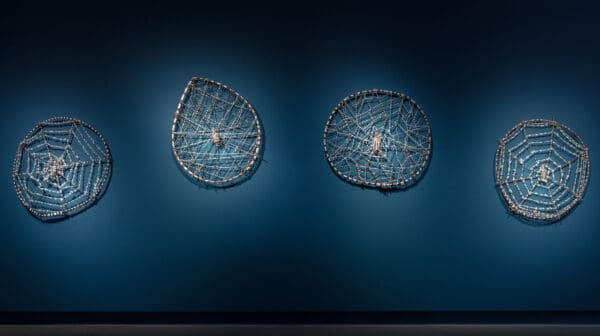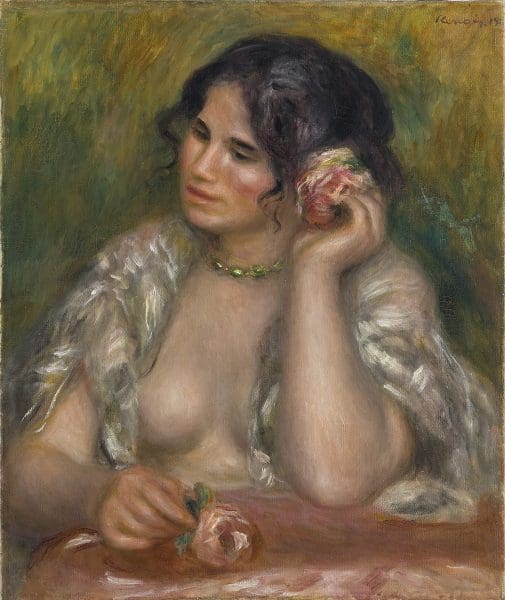
Piercing the veil
A new exhibition at Buxton Contemporary finds a rich complexity in the shadowy terrain between life and death.

Claude Monet, France, 1840-1926, Le bassin aux nymphéas, harmonie rose (Water lily pond, pink harmony), 1900, oil on canvas, 101.4 x 112 cm; Musée d’Orsay, Paris, France, ©photo Musée d’Orsay / rmn.

Auguste Renoir, France, 1841–1919, Gabrielle à la rose (Gabrielle with a rose), 1911, oil on canvas, 81.2 x 71.2 cm, Musée d’Orsay, Paris, France, ©photo Musée d’Orsay / rmn.

Claude Monet, France, 1840-1926, La pie (The magpie), 1868-1869, oil on canvas, 121.4 x 164.1 cm; Musée d’Orsay, Paris, France, ©photo Musée d’Orsay / rmn.

Auguste Renoir, France, 1841-1919, Claude Monet, 1875, oil on canvas, 109.9 x 86 cm; Musée d’Orsay, Paris, France, ©photo Musée d’Orsay / rmn.
Impressionism is beloved by Australian audiences, there’s no doubt about it. While firmly grounded in realism and representational art, it is also in many instances, an abandonment of form and line to chase instead, the momentary and the luminous.
According to Tony Magnusson, coordinating curator at the Art Gallery of South Australia, “there are few countries and cultures as transfixed by the experience of light as our own.” We have a fascination with the outdoors, he says, which is shared by Impressionists who championed breezy plein air painting. Lastly, the movement is so esteemed here because we have our own story of local Impressionism, otherwise known as the Heidelberg School.
Colours of Impressionism is an overview of the movement through an account of colour. Coming from the Musée d’Orsay in Paris, AGSA will host 67 oil paintings by 25 artists, made over some 60 years.
Magnusson explains that these artists introduced peinture claire, “the expression of light tones through a predominantly pale palette”, this approach he continues, “revolutionised painting and underpins the development of Impressionism.”
Out of the usual run of things, the gallery will install the works in the Elder Wing of the gallery which was commenced in 1889 – the exact year the metro station which now houses the Musée d’Orsay in Paris was built.
“We are hoping that the experience of the paintings in the Elder Wing will in many ways collapse time and space with the Elder Wing recalling the light-filled interior of the former metro station,” says Magnusson.